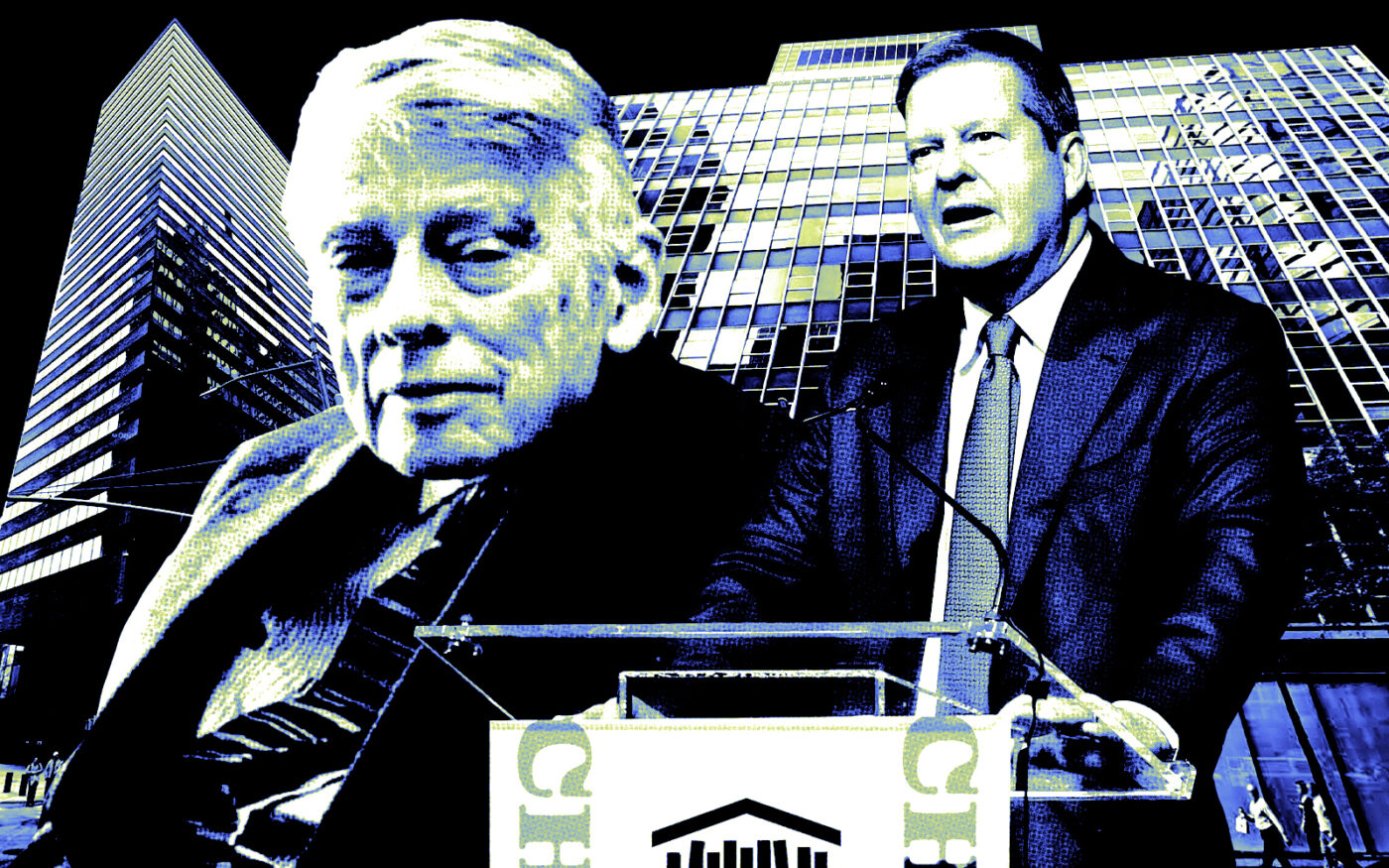Two office landlords in Manhattan are the first to take advantage of a city program trading tax breaks for property upgrades and investments.
New York City’s Industrial Development Agency awarded a combined $100 million in tax breaks to the owners of 850 Third Avenue in Midtown East and 175 Water Street in the Financial District, according to Crain’s. The tax breaks are coming courtesy of the Manhattan Commercial Revitalization Program, or M-CORE, which was designed to incentivize office owners to transform their properties into Class A buildings.
The M-CORE awards were first reported by The City.
Both properties are struggling with vacancies, one of them being almost entirely vacant. The city is hoping that higher quality office space will attract both tenants and workers back to midtown.
HPS Investment Partners, owner of 850 Third Avenue, is set to receive a $58 million tax break as it makes $60 million worth of renovations. The city estimates it will reap roughly $600 million in benefits, as workers return to the 600,000-square-foot building.
HPS acquired the property last year for $266 million from Jacob Chetrit. It is 67 percent vacant, according to the IDA.
Canadian billionaire Ken Dart, who owns 175 Water Street, will receive a tax break of more than $40 million to renovate the former AIG headquarters. The city expects it will benefit to the tune of $350 million as a result.
Dart acquired the property in 2022 for $252 million. The property is 95 percent vacant.
Read more



With banks hesitating to lend to office owners at a time of higher interest rates and more distress in the sector, M-CORE is trying to step in to fill the gap. The program aims to back renovations of 10 million square feet of office space.
Only 11 property owners have applied to M-CORE, according to Andrew Kimball, chief executive officer of the city’s Economic Development Corp. That may be because, to be eligible, owners are required to invest a sum equal to at least 75 percent of the assessed value of their building and land, not simple when rental income has dried up.
Previous programs intended to spark office occupancy have failed to do so, according to a report from the Independent Budget Office. The state’s Commercial Revitalization Program and Commercial Expansion Program, which arrived in 1995, may have even discouraged employment growth, according to the IBO.
— Holden Walter-Warner
